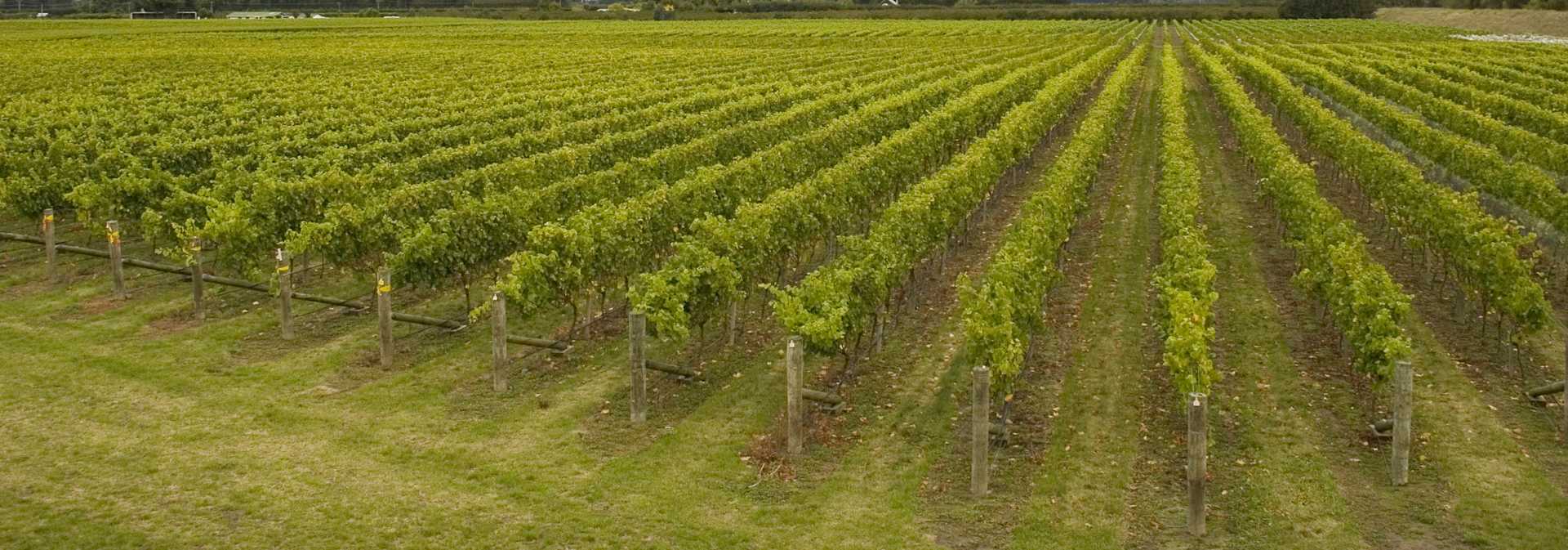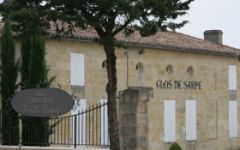Clos de Sarpe 2008
-
Robert
Parker



Product Details
Your Rating
Somm Note
Winemaker Notes
Professional Ratings
-
Robert Parker's Wine Advocate
A massive, concentrated claret that behaves like something from the 19th century, the 2008 Clos de Sarpe, made under the supervision of Michel Rolland's top lieutenant, Jean-Philippe Fort, was cropped at a nearly commercial insanity level of 12 hectoliters per hectare. The natural alcohol of 15% must eclipse even the ripest vintages of the past. As I have said before, this is an uncompromising, massive wine made for those with longevity genes, or for stashing away for our children's children. About 500 cases are produced of this 85% Merlot / 15% Cabernet Franc blend. Almost painfully concentrated, with an opaque purple color as well as an extraordinary nose of incense, spring flowers, black fruits, graphite, and new oak, this wine displays a full-bodied, multilayered mouthfeel, high but sweet tannin, and a remarkably long finish that lasts over a minute. Despite the late harvest and late malolactic, the 2008 is more accessible, with sweeter tannin than the 2005 was at a similar age. Purchasers will require extraordinary patience, but what a wine! It is one of the most remarkable offerings from what is one of the four finest vintages for St.-Emilion in the last two decades.
Other Vintages
2022-
Jeb
Dunnuck - Vinous
-
Robert
Parker -
James
Suckling - Decanter
-
Jeb
Dunnuck -
Robert
Parker -
James
Suckling - Decanter
-
Robert
Parker -
James
Suckling -
Jeb
Dunnuck
-
Robert
Parker
-
Robert
Parker
-
Robert
Parker


Chateau Clos de Sarpe is also an independent estate, people-oriented, generous and altruistic, founded on respect for the land and a permanent quest for perfection for the pleasure of all who love quality wines.

One of the world’s most classic and popular styles of red wine, Bordeaux-inspired blends have spread from their homeland in France to nearly every corner of the New World. Typically based on either Cabernet Sauvignon or Merlot and supported by Cabernet Franc, Malbec and Petit Verdot, the best of these are densely hued, fragrant, full of fruit and boast a structure that begs for cellar time. Somm Secret—Blends from Bordeaux are generally earthier compared to those from the New World, which tend to be fruit-dominant.

Marked by its historic fortified village—perhaps the prettiest in all of Bordeaux, the St-Émilion appellation, along with its neighboring village of Pomerol, are leaders in quality on the Right Bank of Bordeaux. These Merlot-dominant red wines (complemented by various amounts of Cabernet Franc and/or Cabernet Sauvignon) remain some of the most admired and collected wines of the world.
St-Émilion has the longest history in wine production in Bordeaux—longer than the Left Bank—dating back to an 8th century monk named Saint Émilion who became a hermit in one of the many limestone caves scattered throughout the area.
Today St-Émilion is made up of hundreds of independent farmers dedicated to the same thing: growing Merlot and Cabernet Franc (and tiny amounts of Cabernet Sauvignon). While always roughly the same blend, the wines of St-Émilion vary considerably depending on the soil upon which they are grown—and the soils do vary considerably throughout the region.
The chateaux with the highest classification (Premier Grand Cru Classés) are on gravel-rich soils or steep, clay-limestone hillsides. There are only four given the highest rank, called Premier Grand Cru Classés A (Chateau Cheval Blanc, Ausone, Angélus, Pavie) and 14 are Premier Grand Cru Classés B. Much of the rest of the vineyards in the appellation are on flatter land where the soils are a mix of gravel, sand and alluvial matter.
Great wines from St-Émilion will be deep in color, and might have characteristics of blackberry liqueur, black raspberry, licorice, chocolate, grilled meat, earth or truffles. They will be bold, layered and lush.
